Did you lose a button?
If you have a longing to feel completely inadequate, Le Bon Marché department store in the 7th arrondissement of Paris is definitely the place to go. On the up side, I didn’t have to worry about my inadequate French because no clerk was going to ask this footsore, windblown gal “May I help you?” Clearly I wasn’t there to buy 12,000€ steamer trunks or luxury linens. But I had to go and see it for myself after reading Emile Zola’s The Ladies’ Paradise (Au Bonheur des Dames). This was one of the books that I had announced in June that I would read while in France.
In his novel Zola dramatized the rise of the consumer culture that Paris’ oldest department store represents. The small family businesses that lined the sidewalks of 19th century Paris’ narrow, dark, and dirty streets were one by one sacrificed to the wide boulevards and elegant edifices of Haussmann architecture that gave a new face to mid-19th century Paris. Shopping became a social event and the workers became cogs in this modern machine.
While the 21st century store didn’t have the army of delivery wagons spreading out across the city, responding to the indulgences of the refined ladies of the neighborhood, it had the glass and steel mezzanines overlooking the dozens of departments Zola brought to life with his writing. We’re so used to department store culture that we may not be aware of how revolutionary it was to sell rugs and perfume and ladies’ ready-made dresses all under the same roof. The story continues as we see big box behemoths squeeze out neighborhood hardware stores and chains replace local restaurants – all in the name of commerce and progress.
In his novel Zola dramatized the rise of the consumer culture that Paris’ oldest department store represents. The small family businesses that lined the sidewalks of 19th century Paris’ narrow, dark, and dirty streets were one by one sacrificed to the wide boulevards and elegant edifices of Haussmann architecture that gave a new face to mid-19th century Paris. Shopping became a social event and the workers became cogs in this modern machine.
While the 21st century store didn’t have the army of delivery wagons spreading out across the city, responding to the indulgences of the refined ladies of the neighborhood, it had the glass and steel mezzanines overlooking the dozens of departments Zola brought to life with his writing. We’re so used to department store culture that we may not be aware of how revolutionary it was to sell rugs and perfume and ladies’ ready-made dresses all under the same roof. The story continues as we see big box behemoths squeeze out neighborhood hardware stores and chains replace local restaurants – all in the name of commerce and progress.
Got a spare 12,450€ for this trunk?
Zola got behind the sparkling displays of his fictive retail mecca to tell the stories of the clerks and their dreams, the politics of this new capitalism, as well as the psychology of the customers caught up in the decadence of giant seasonal sales and the overwhelming selection of fine goods. As I strolled through the departments populated by manicured, black-jacketed salespeople I could see Zola’s own workers in their uniforms of suits with pocket handkerchiefs and black satin skirts that swished as they hustled about their business. Although they no longer live in tiny rooms in the attic of the sprawling building working under sweatshop conditions, the clerks still operate in the quiet efficiency of the novel’s characters.
It took me ten minutes to stroll from one end of the perfume department to the other. Then I paused for 15 minutes in the button department. Yes, an entire department of buttons within a fabric department that made me want to buy a sewing machine and revisit my life as a young seamstress under my grandmother’s tutelage. I lounged in an upholstered slipper chair on the edge of the bookstore department, imagining the genteel ladies who came from the stately mansions of rue Varenne to enjoy tea and gossip amid the bustle of modern retail heaven.
It took me ten minutes to stroll from one end of the perfume department to the other. Then I paused for 15 minutes in the button department. Yes, an entire department of buttons within a fabric department that made me want to buy a sewing machine and revisit my life as a young seamstress under my grandmother’s tutelage. I lounged in an upholstered slipper chair on the edge of the bookstore department, imagining the genteel ladies who came from the stately mansions of rue Varenne to enjoy tea and gossip amid the bustle of modern retail heaven.
Under the roof of the furniture department
I
wished I could have hid my scruffy boots as I walked past the
individual boutiques for Gucci, Louis Vuitton, Hermes, and every other
trés cher/trés chic name you could conjure. At least in the La Grande
Épicerie de Paris (the food hall with thousands of products from around
the world), I could relate to the oh so “exotic” American marshmallow
fluff and peanut M&M’s.
Then I bought two small notebooks in the expansive stationary shop so I could acquire a Bon Marché shopping bag before heading back out on to the neighborhood streets of bright limestone façades and pocket parks. A line of people stretching out the door and down the sidewalk of the nearby Nespresso shop, waiting to stock up on their supply of single-cup coffee capsules, completely erased the image of the old Paris that Zola had painted in his books. Or maybe it was just the essence of the rising consumer culture he had illustrated so well.
What books have you read that that described a place you had the opportunity to visit in person? How did it match its expectations? What book has made you say, “I must go there someday”? What did you read this summer or what are you reading now that you recommend? Share all in the comments box.
What books have you read that that described a place you had the opportunity to visit in person? How did it match its expectations? What book has made you say, “I must go there someday”? What did you read this summer or what are you reading now that you recommend? Share all in the comments box.
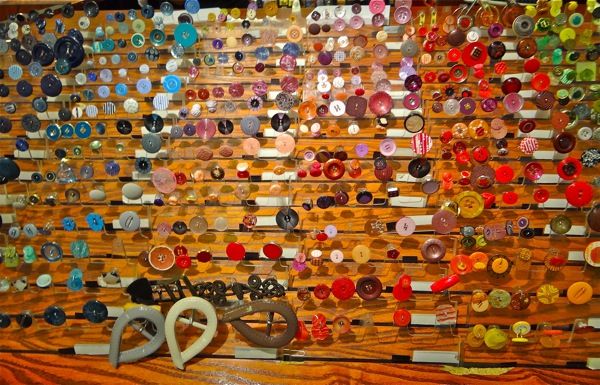
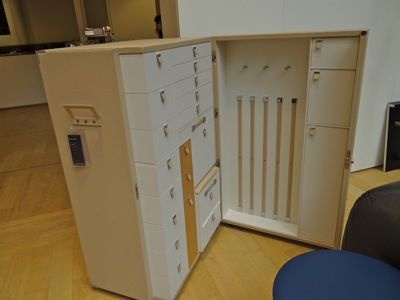
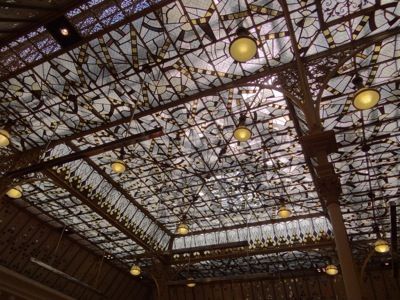
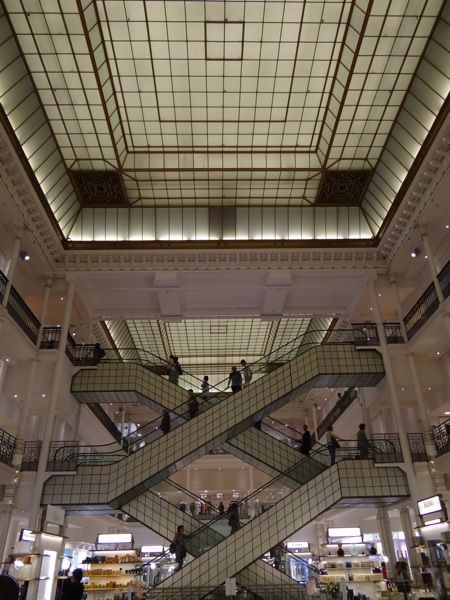
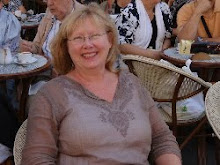



![Grace [Eventually]: Thoughts on Faith](http://photo.goodreads.com/books/1166504427s/12542.jpg)









5 comments:
I love reading books about an area that we either have seen or plan to see! Of course, there's always Under the Tuscan Sun by Frances Mayes, and A Year in Provence by Peter Mayle. I also enjoyed From Here You Can't See Paris by Michael Sanders.
Since my move to Washington State, I am immersing myself in literature set in or about the Olympic Peninsula, or written by authors based in the area. From Betty MacDonald's classic (though dated) The Egg and I to new resident Erica Bauermeister's Joy for Beginners, I have a pile of books to get through!
I recently read a YA book set in Prague and now I really want to go there. I read a non-ficiton book about the medina in Fez before I went there and it certainly made me excited to travel there. The descriptions in the Fez book were spot on. It was fun to see what the author saw, too.
There is one book by a food writer who spent time in Dijon in the early 20th century. It was great fun underlining every specific (and some non-specific) places she described and to go find them. Most of the buildings are still there, but the places (restaurants, etc.)they held are gone.
One day I'm going to go to Botswana just because I feel I know the place already from the No. 1 Ladies Detective Agency series. And Paris? As a teenager I read a novel about Napoleon's first fiancee Desiree who remained friends with him even after he married Josephine (she herself ended up marrying General Bernadotte who founded the current royal family of Sweden). Because of that book the very first place I went to see when I went to Paris to study French after high school was Napoleon's grave in the Ecole Militaire, and of course I had to see Fountainebleau and Malmaison, and I felt I knew these places.
I still haven't been inside Les Invalides even though I've frequently been in the neighborhood. And I need to read that detective series because so many people recommend it.
Post a Comment